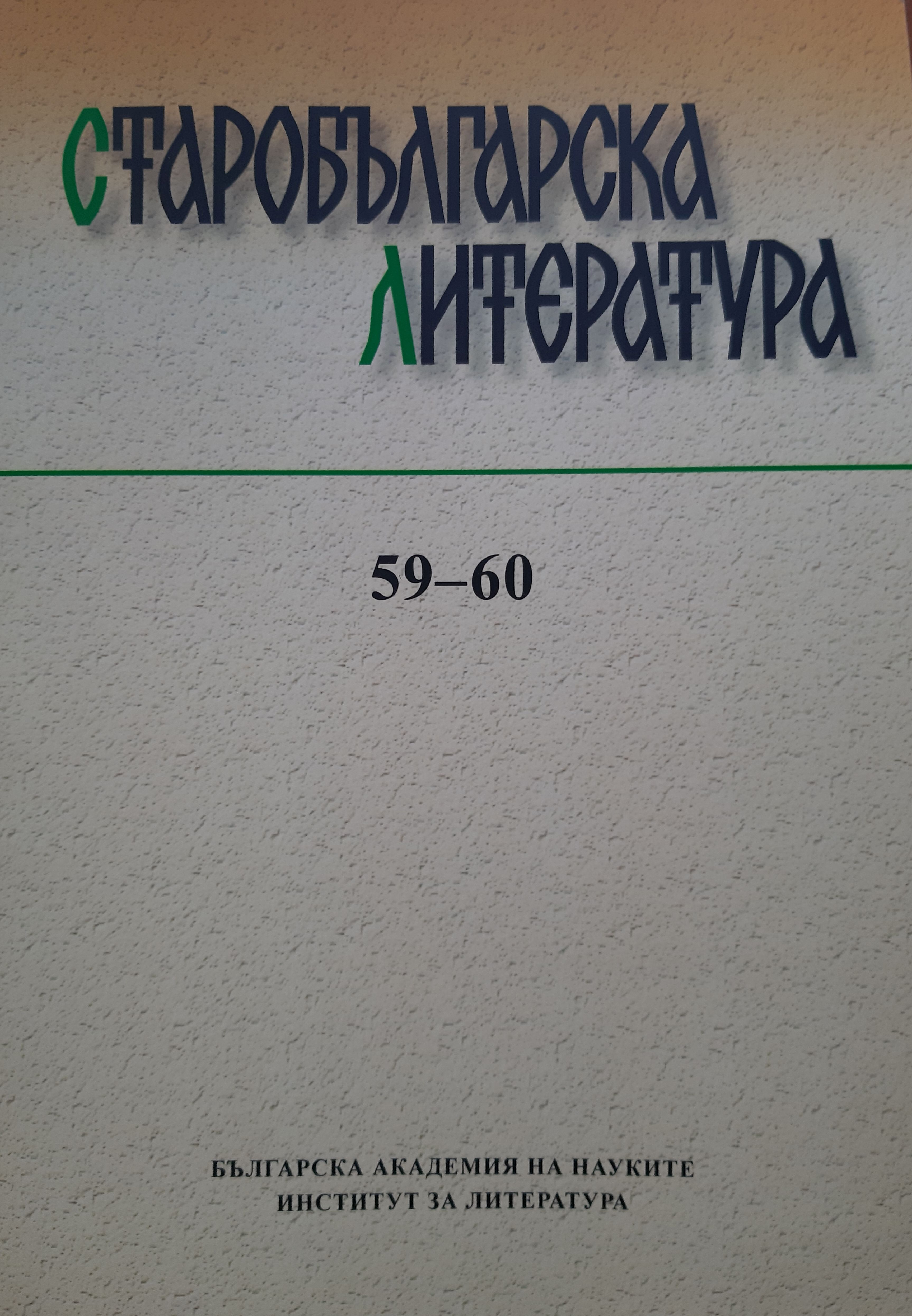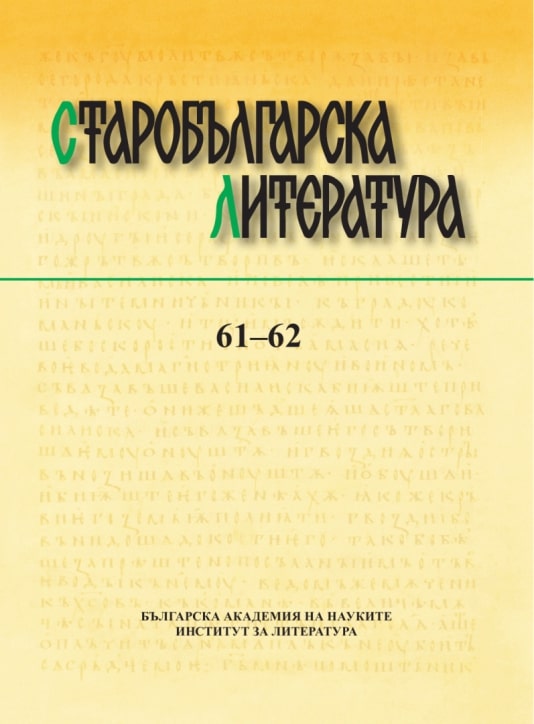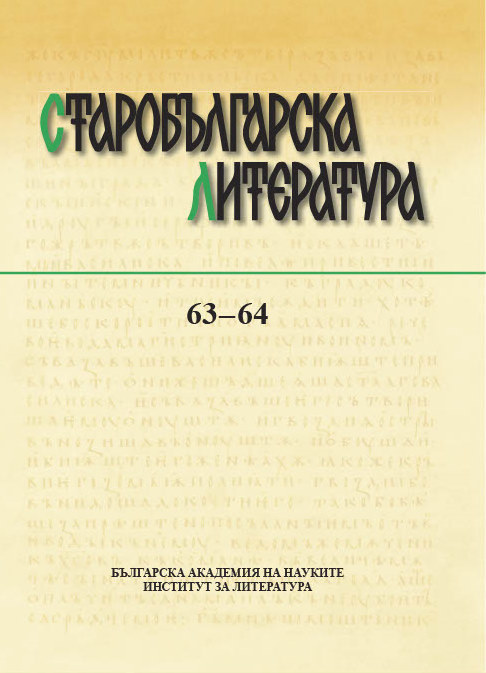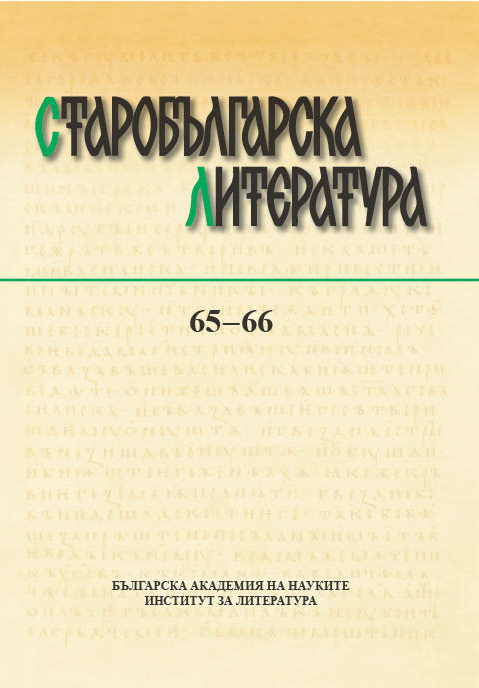Author(s): Mariya Yovcheva / Language(s): Greek, Ancient (to 1453),Bulgarian,Old Slavonic,Old Bulgarian
Issue: 63-64/2021
This article presents a complete account of the various types of Byzantine and Slavonic evidence (liturgical texts, iconography, archaeological data) of the veneration of the Early Christian Balkan Hieromartyr St Astius of Dyrrhachium (early second century AD). The primary sources outline two directions in the development of his cult: as a bishop saint and as a martyr. In the local tradition with a centre in Dyrrhachium, observed in the iconography, in the acolouthia by the bishop of Dyrrhachium Jacob (issued in 1918 in Constantinople) and in medieval documents, he was predominantly venerated as a bishop saint, the successor to the See of the legendary Holy Apostle Caesar. There, over the centuries, St. Astius formed the couple bishop-deacon, significant for Christianity, with St. Isauros the Deacon (who died in Apollonia of Illyria, 283–284), whose relics were transferred to Dyrrhachium. The second direction in the development of the cult of St Astius focused on his martyrdom and is mainly maintained in Byzantine liturgical books originating from Constantinople: 1) Synaxaria, where three versions of his vita are distributed, 2) Menaia with an office for this saint by Joseph the Hymnographer (ninth century), based on the synaxarion text; 3) Church Typica (Оld Sabaitic redaction, presented in Cod. Sinait. gr. 1096, twelfth century, and the Typicon of the Monastery of the Theotokos Evergetis, Cod. Athen. gr. 778, early twelfth century) and isolated calendars of manuscript Gospels. Such distribution of liturgical texts regarding St. Astius is also found in Slavonic literature, where his veneration is repeatedly occurring in various versions of the Synaxarion (Prolog) (in the Non-versified Prolog, in the Serbian version of the Verse Prolog of the fourteenth century and in the Extended Non-versified Prolog; his name appeared only in the verses of the Tărnovo version of the fourteenth-century Verse Prolog). The saint is also mentioned in five calendars of West-Bulgarian and Serbian Gospels and Apostles; still, it remains unclear as to whether it occurs there under the influence of the local cult in the area of Dyrrhachium, or of a Constantinopolitan source. The article deals with a previously unknown translation of the Office for St Astius by Joseph the Hymnographer, made in the thirteenth century in one of the East Bulgarian literary centres (probably in the capital city of Tărnovo). The hymnographic text is published based on the only known copy in the Second Menaion of Dobrian, a Bulgarian thirteenth-century manuscript (Оdessa National Scientific Library, No. 1/5).
More...




